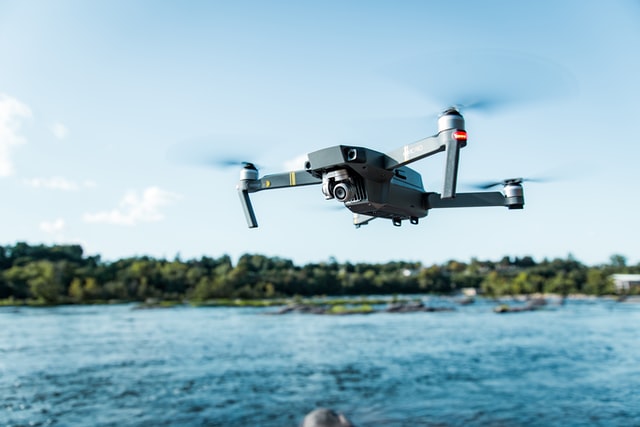Strategic Context
In the era of Industry 4.0, rapid advances in information and communication technologies are transforming how businesses manage and monitor their operations. Disruptive technologies such as cloud computing, the Internet of Things (IoT), artificial intelligence (AI), and big data analytics are converging to create cyber-physical systems (CPS)—enabling the fusion of physical assets with digital intelligence.
This shift is particularly impactful in the realm of asset inspection and maintenance, where smart solutions now enable real-time, remote, and automated inspections, reducing downtime, increasing safety, and lowering operational costs.
The Value of Smart Inspections
Traditional inspections rely heavily on manual checks and scheduled interventions, typically involving high labor costs and exposure to hazardous environments. Smart inspection systems, on the other hand, offer:
- Continuous condition monitoring
- Remote accessibility and control
- Automated alerts and predictive maintenance
- Enhanced safety by reducing human exposure to high-risk zones
These capabilities allow maintenance to become predictive and strategic, rather than reactive and labor-intensive.
Three Smart Inspection Solutions in Action
1. AI-Powered Visual Inspection Systems (Manufacturing)
Solution: High-resolution industrial cameras combined with AI algorithms are deployed on production lines to inspect components and finished products in real time. The system can identify defects (e.g., cracks, misalignments, surface inconsistencies) with higher accuracy and consistency than human inspectors.
Example: In the automotive sector, Tier-1 suppliers use computer vision systems to inspect brake discs, identifying surface imperfections down to sub-millimeter levels and immediately removing defective units from the production line.
Strategic Benefit:
- Reduces defect rate and customer returns
- Enhances brand reputation through quality assurance
- Integrates seamlessly with MES (Manufacturing Execution Systems)
2. Drone-Based Inspection with Thermal and Ultrasonic Sensors (Construction & Offshore)
Solution: Autonomous drones equipped with visual, infrared (IR), and ultrasonic sensors are used to inspect hard-to-reach infrastructure like offshore platforms, wind turbines, or high-rise buildings. Drones can operate in GPS-coordinated missions, capturing detailed imagery and thermal data for analysis.
Example: In offshore oil platforms, drones conduct structural inspections to detect corrosion, surface anomalies, or heat irregularities on electrical panels—without requiring scaffolding or personnel in high-risk zones.
Strategic Benefit:
- Eliminates need for manual access (e.g., rope access, scaffolding)
- Shortens inspection time from days to hours
- Reduces operational risk and improves compliance with safety regulations
3. Embedded Monitoring with Smart Sensors and IoT Gateways (Industrial Plants)
Solution: Smart sensors embedded within machinery continuously monitor parameters such as vibration, temperature, and load. IoT gateways transmit this data to cloud-based dashboards where machine learning models predict equipment failure and recommend preemptive actions.
Example: A global food processing company deploys IoT-enabled condition monitoring across its production lines. Vibration and acoustic sensors detect early-stage wear in motors, prompting maintenance only when truly needed—without disrupting production.
Strategic Benefit:
- Enables condition-based maintenance
- Extends asset life and reduces OPEX
- Supports compliance with food safety and traceability standards
Enabling Smart Manufacturing Ecosystems
At Indonesian Supplies, we are committed to enabling digitally connected production and logistics networks. Our smart inspection strategy is a key pillar of our broader vision for cyber-physical manufacturing ecosystems, in which:
- Inspection data is continuously captured and analyzed
- Production and maintenance decisions are informed in real time
- Orders are dynamically assigned across a network of smart manufacturers and logistics providers
Through integration with partners and technology providers, we aim to ensure that asset reliability and production quality are managed proactively and intelligently.
Next Steps for Executives
To stay competitive in the Industry 4.0 landscape, executives should consider:
- Auditing current inspection processes for automation potential
- Prioritizing assets and operations where smart inspections yield the highest ROI
- Partnering with technology providers to pilot scalable solutions
- Aligning smart inspection strategies with broader digital transformation roadmaps




